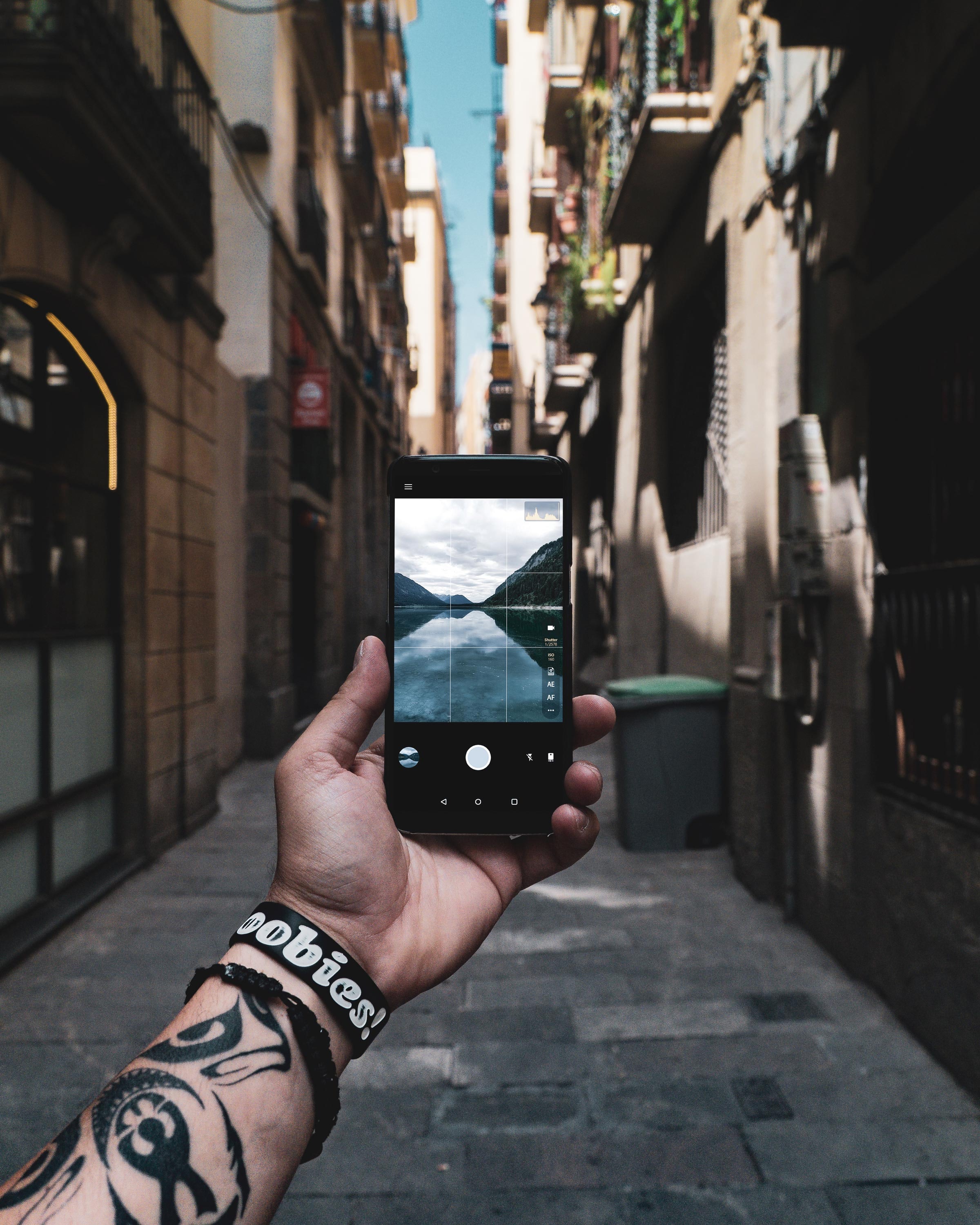
UX design in 5 years time — 5 predictions
In this article, we explore the future direction of UX design within the wider industry and explain why we believe the trend towards hiring UX expertise will continue in the years ahead.
Background: The rise of UX design
The term “user experience design” was coined around 25 years ago by Don Norman, current Director of the Design Lab at the University of California, San Diego. For him, “UX design” names a design process that prioritizes user needs in every aspect of product experience, including everything that surrounds the product itself.
For example, the user experience of an Apple Mac isn’t restricted to interactions with the OS while it’s switched on. A full picture of the Mac’s UX design includes advertising, store layout, the purchase process, the box, the documentation, how it feels to hold, the esteem and social meaning of owning it, and so on.
Someone, somewhere is going to experience the effects of any product we create, regardless of whether they interact with that product directly. Whatever our discipline, we design in the context of a human society, and we pursue projects because someone believes them to be valuable. In this broad sense, user experience is the essence of all design.
However, if we look up a typical job description for a UX designer today, we’re likely to find a much narrower definition. In the past 5-10 years, UX design has acquired a more restricted meaning, usually referring specifically to the design of websites and mobile apps. This shift primarily reflects the huge commercial importance of those media: according to the latest Nielsen Total Audience Report, an average adult in the USA now spends nearly 4 hours a day using apps and websites on smartphones, tablets, and PCs.
1. Still hardly anyone will be using virtual reality products, except for novelty reasons. We’ll start to see some useful applications of augmented reality, adding, for example, extra navigation functionality to apps like Google Maps, and to aid translation between cultures and languages.
2. Voice user interfaces will become more important in our interactions with televisions, music players, and in-car phones and dashboards, but will remain largely ignored on smartphones, tablets, and PCs. Chabot will start to have some useful applications, for example in online customer service. But user frustrations with these systems will mean that companies offering a “real human” will be able to trade on that added value.
3. Most services will no longer require you to remember passwords, but will instead use verification codes and other secure authentication methods. As effortless authentication becomes a user expectation, companies will need to overhaul the UI design of the authentication process.
4. Websites and apps will still dominate, and will still be used mainly through smartphones and PCs—though user privacy scandals will force companies to be more transparent about their use of data, and give users greater control over it. The new legislation is likely to mandate more stringent privacy protections (such as the EU’s General Data Protection Regulation, expected in 2018.).
5. Demand for UX design will expand to innovators tackling the small irritations of daily life—like remembering medication, having to struggle to find your keys to the front door, or choosing one of the 100 programs on your washing machine. Whatever you find frustrating in your everyday life, that’s probably where UX designers will be needed next

